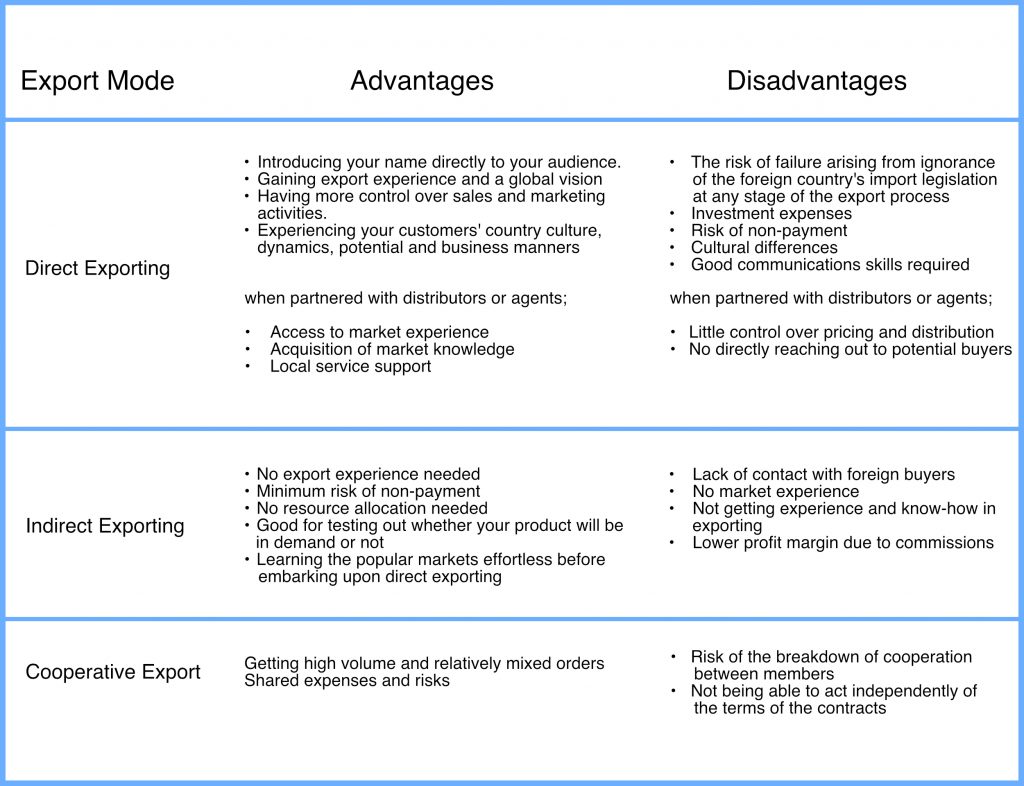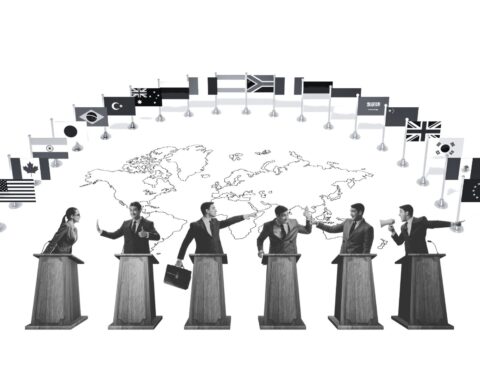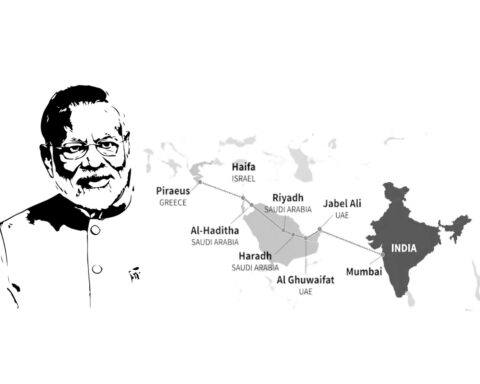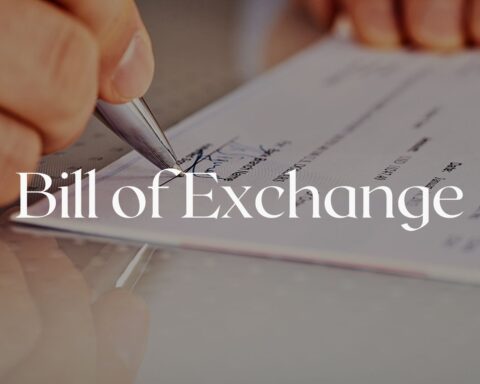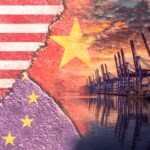Exporting and importing activities of SMEs play an important role in the global economy. Today most of the businesses start with the vision of exporting their goods as well as domestic sales. There are a number of reasons as to why it’s been getting more popular since the late 90’s. The first and biggest one is the internet. Then comes the affordable shipping and travel costs and so on. And today there’s another one that forces them to go global: fierce competition.
In the global economy, businesses are looking for their solution in exporting to survive and grow. As such, they face complex export and import procedures; they have no contact abroad and don’t know foreign business cultures. More importantly they have no idea how to enter foreign markets. So it’ll be a good start to choose the best entry mode for export strategy.
Rather than suggesting an ideal export mode, I’m just going to introduce them; because the choice of export mode depends not only on the destination country, but also the firm’s sector, capability, capacity, experience, skilled stuff, financials, desire and the way of work.
There are two main ways of exporting for exporters from every level: direct and indirect export.
Direct Export
Direct export means that a firm sells directly to foreign buyers by itself without getting any assistance or consultancy from paid professionals, or partnering with companies. These buyers could be an end user, retailer, manufacturer, distributor, agent, trading company or wholesaler in the foreign country.
Exporting to distributors or agents could be advantageous in the beginning as they have an established customer base, but in the long haul you have just them in that country and you need them to be able to stay in the market. On the other hand; if you manage to sell directly to the buyers rather than distributors or agents, you have a better chance of survival and growth in the market with your own brand.
Here, it is useful to point out the differences between the distributor and the agent.
While distributors work on their own account (sell other brands, run their own marketing programmes.), agents work on a commission basis and do not stock the products; the manufacturer sends the goods directly to the customer.
Indirect Export
Indirect export means that a firm sells through other companies in the home country which can be said it’s a domestic sale, not an export. These companies are generally trading companies, brokers, export buying agents and export houses. They are the ones that operate all the exporting procedures and the producer doesn’t even know who the customer is.
This type of sale is mostly preferred by the manufacturers that have limited resources and knowledge but have a desire to export. This way they test out their production, capability, process and outcomes. When they feel ready and confident, they revise their strategy and start working on expanding in the global market with direct exporting methods. Or it could be the opposite; they might be happy with working with intermediaries and don’t mind being known abroad. In this case they just focus on selling their products.
Trading company
Trading company is not a producer of the goods it offers. It plays a role like a wholesaler in terms of procurement; buys the merchandise from the producer and sells to the buyers from other countries. International trading companies are firms that not only buy products or act as an export intermediary but also import, invest, manufacture or engage in countertrading (the trading of goods for other goods, instead of money). They usually operate across many national markets and handle a variety of products (Mühlbacher/Leihs/Dahringer 2006, p. 416).
Broker
Broker is a specialist that brings buyer and seller together and is paid a commission for the service. A broker is generally specialized in a specific sector and builds its portfolio in that industry over the years.
Export buying agent
Export buying agent is a representative that does research, negotiates with manufacturers, finds the best fit and makes the purchase on behalf of a buyer from foreign country. As it is hired by the buyer to operate in the country of manufacturers, it’s paid a commission for the service by the buyer.
Export House
Export house, also known as export management company (EMC), works like an export department of different companies in the same or related industry. They quote in the name of the manufacturers and handle export procedures. Export houses can reduce the expenses of an operation by selling a mixed merchandise of a group of manufacturers to one company and therefore it ends up with a profitable and advantageous trade in terms of the competition.
In addition to the methods I mentioned above, there is one way that can be considered for SMEs, which is cooperative export. In cooperative export, manufacturers work in cooperation in a cluster and they can reach out to big buyers to fulfil their high volume orders.
Advantages and disadvantages
